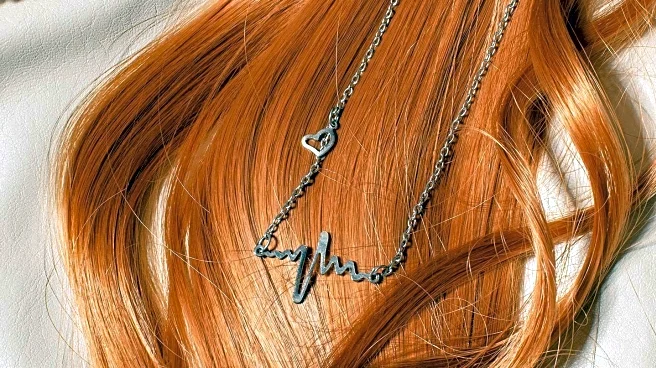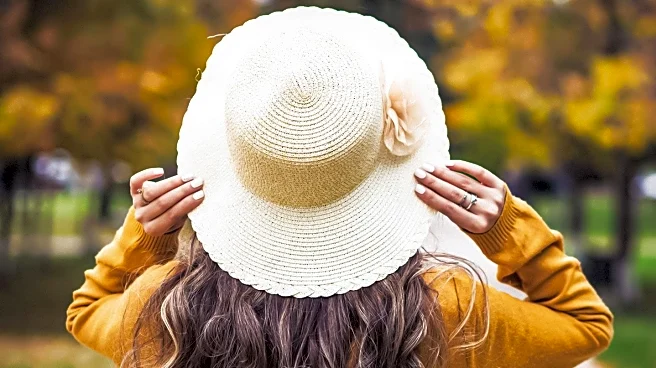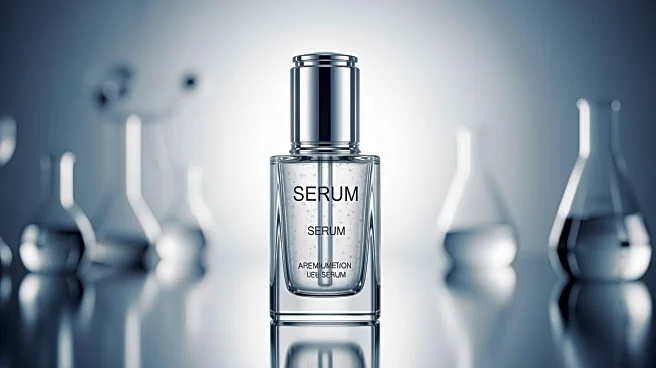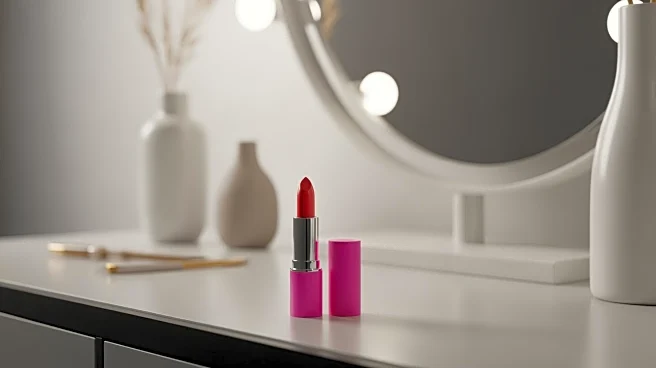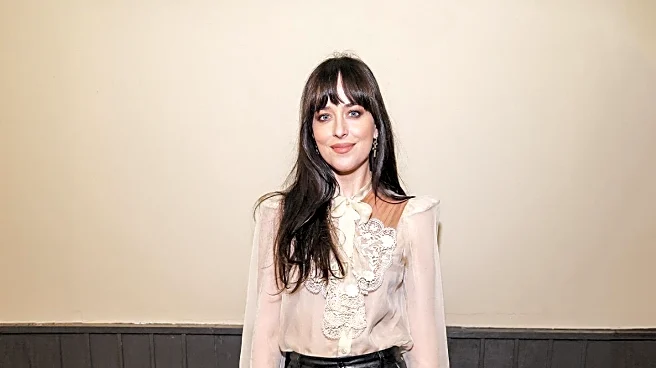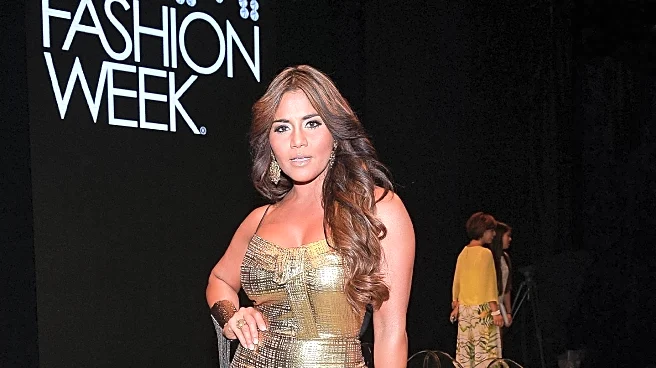What's Happening?
The latest trends in hair color for fall and winter 2025 emphasize warmth and depth, moving away from high-maintenance looks. Key shades include cinnamon brunette, cherry cola red, and buttered blonde,
each offering a unique blend of tones that cater to various skin undertones. Cinnamon brunette combines copper and chocolate hues, while cherry cola red revives a nostalgic early 2000s trend with a modern twist. Buttered blonde offers a warm alternative to icy tones, making it suitable for deeper skin tones. Additionally, mushroom brown emerges as a versatile option, blending ash brown, beige, and silver tones. Experts advise against overly ashy blondes and flat jet blacks, suggesting instead shades that offer depth and movement.
Why It's Important?
These hair color trends reflect broader shifts in beauty standards, emphasizing natural, low-maintenance looks that enhance individual features. The focus on warmth and dimension aligns with a growing preference for authenticity and personalization in fashion and beauty. This trend could influence consumer behavior, driving demand for specific hair products and services that support these styles. The emphasis on hydration and color-safe products highlights the importance of hair care in maintaining these looks, potentially impacting the beauty industry's product offerings and marketing strategies.
What's Next?
As these trends gain traction, salons and beauty brands may adapt their offerings to meet consumer demand for these specific shades and maintenance products. Stylists might focus on educating clients about the best practices for maintaining these colors, emphasizing the importance of hydration and protection against heat damage. The industry could see an increase in the development of products that cater to these trends, such as color-safe shampoos and conditioners rich in argan oil and ceramides.
Beyond the Headlines
The shift towards warmer, more natural hair colors may reflect a broader cultural movement towards embracing individuality and diversity in beauty standards. This trend could encourage more inclusive marketing campaigns and product lines that cater to a wider range of hair types and textures. Additionally, the focus on low-maintenance styles may resonate with consumers seeking simplicity and ease in their beauty routines, potentially influencing long-term shifts in consumer preferences.
